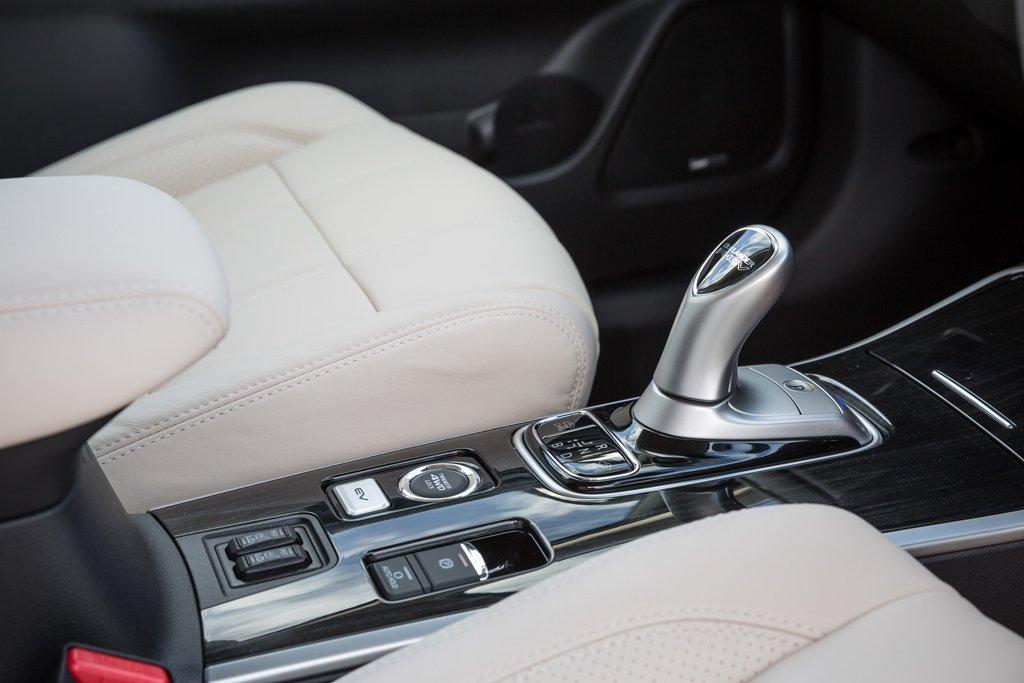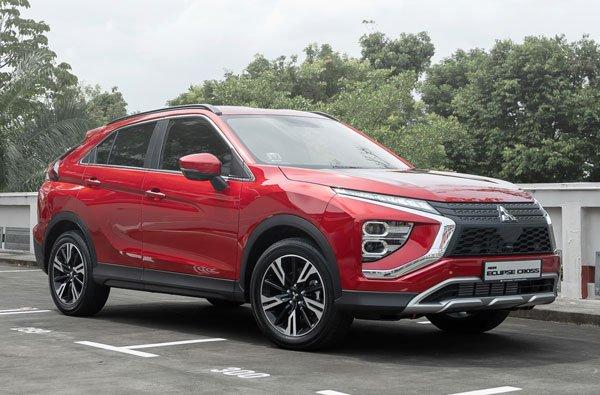Further evolution for the 2017 Mitsubishi Outlander PHEV
23 Jan 2017|4,162 views
Extensively revised in 2016, the Mitsubishi Outlander PHEV vehicle continues to take the automotive world by storm and now the new Outlander PHEV has arrived, representing another evolution in technology, safety and dynamic performance. The vehicle is derived from the third generation Mitsubishi Outlander but was developed from the ground up to be driven by either an internal combustion engine or hybrid technology and as a result, there are no compromises in terms of packaging, practicality or driving dynamics.

Rapid charging has also been improved, reducing its charging time to 80 percent from 30 minutes to approximately 25 minutes, and its pure electric range has been increased to 53km, up from 51km.
The 2017 Outlander PHEV also delivers more performance with improved acceleration in EV mode compared to its predecessor. CO2 emissions have also been lowered by 1g/km to 41g/km, with an average weighted fuel consumption of 70.6km/L - a 6.4 percent increase compared to the previous version.
Regenerative braking technology, which works to put lost energy back into the battery when slowing down and, which can adjusted while driving using the steering wheel paddles, has also been upgraded for the 2017 Outlander PHEV. It now has a 10 percent increase in drive battery output.
For 2017 Mitsubishi introduces a new EV Priority Mode across all variants. The new EV switch is located below the 4WD button and once activated, it allows the driver to operate the vehicle in EV mode without the engine starting, provided there is sufficient charge in the batteries. An electronic parking brake is also new to the 2017 Outlander PHEV, as well as the brake auto hold button function, which, when activated, holds the vehicle in traffic, allowing the driver to release the footbrake.
Extensively revised in 2016, the Mitsubishi Outlander PHEV vehicle continues to take the automotive world by storm and now the new Outlander PHEV has arrived, representing another evolution in technology, safety and dynamic performance. The vehicle is derived from the third generation Mitsubishi Outlander but was developed from the ground up to be driven by either an internal combustion engine or hybrid technology and as a result, there are no compromises in terms of packaging, practicality or driving dynamics.
Across all variants, the 2017 Mitsubishi Outlander PHEV powertrain and chassis has been revised, with new dampers and rear suspension bushes, making it a quieter and more refined to drive than ever.
Rapid charging has also been improved, reducing its charging time to 80 percent from 30 minutes to approximately 25 minutes, and its pure electric range has been increased to 53km, up from 51km.
The 2017 Outlander PHEV also delivers more performance with improved acceleration in EV mode compared to its predecessor. CO2 emissions have also been lowered by 1g/km to 41g/km, with an average weighted fuel consumption of 70.6km/L - a 6.4 percent increase compared to the previous version.
Regenerative braking technology, which works to put lost energy back into the battery when slowing down and, which can adjusted while driving using the steering wheel paddles, has also been upgraded for the 2017 Outlander PHEV. It now has a 10 percent increase in drive battery output.
For 2017 Mitsubishi introduces a new EV Priority Mode across all variants. The new EV switch is located below the 4WD button and once activated, it allows the driver to operate the vehicle in EV mode without the engine starting, provided there is sufficient charge in the batteries. An electronic parking brake is also new to the 2017 Outlander PHEV, as well as the brake auto hold button function, which, when activated, holds the vehicle in traffic, allowing the driver to release the footbrake.
Latest COE Prices
September 2025 | 1st BIDDING
NEXT TENDER: 17 Sep 2025
CAT A$107,889
CAT B$127,501
CAT C$71,556
CAT E$127,901
View Full Results Thank You For Your Subscription.


















